Robot Turtles Board Game: Everything Parents Need to Know
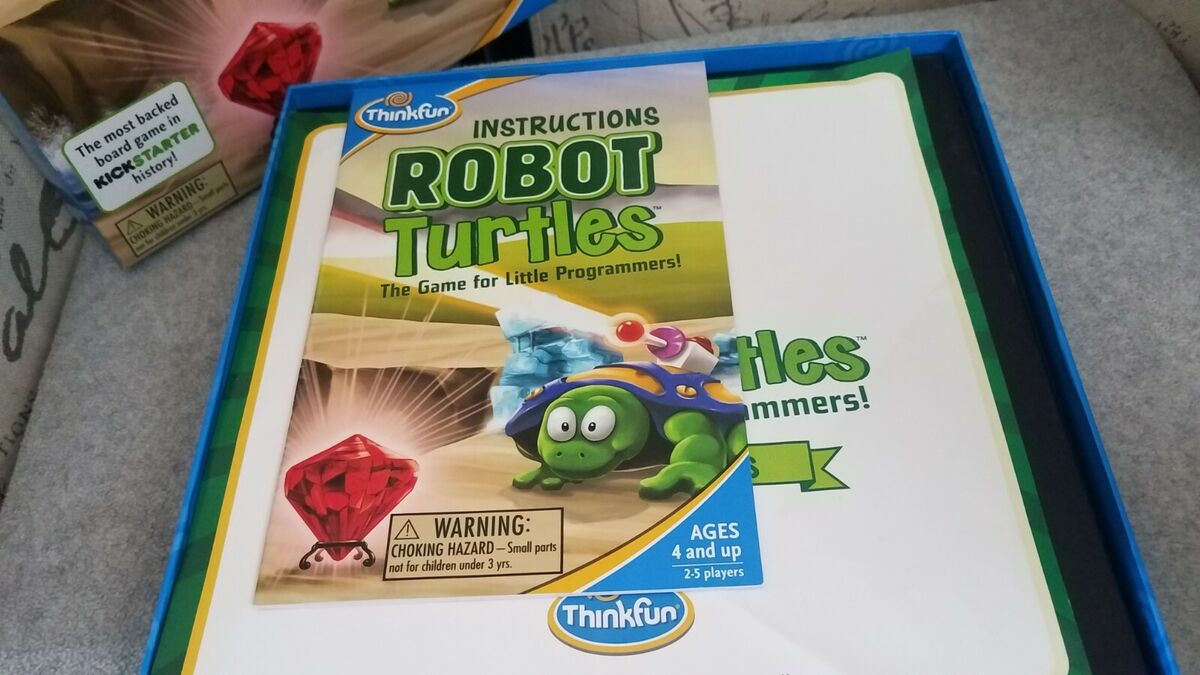
In the ever-changing world of children’s games, the Robot Turtles board game offers something different; an engaging exploration into the core principles of computer programming. Created by Den Shapiro, this board game not only entertains young kids but also educates them, providing a blend of fun and learning for young minds.
Contents:
- What Do Parents Need to Know About Robot Turtles Board Game?
- Unlocking Young Minds: The Conclusion of Robot Turtles
- FAQs
What Do Parents Need to Know About Robot Turtles Board Game?
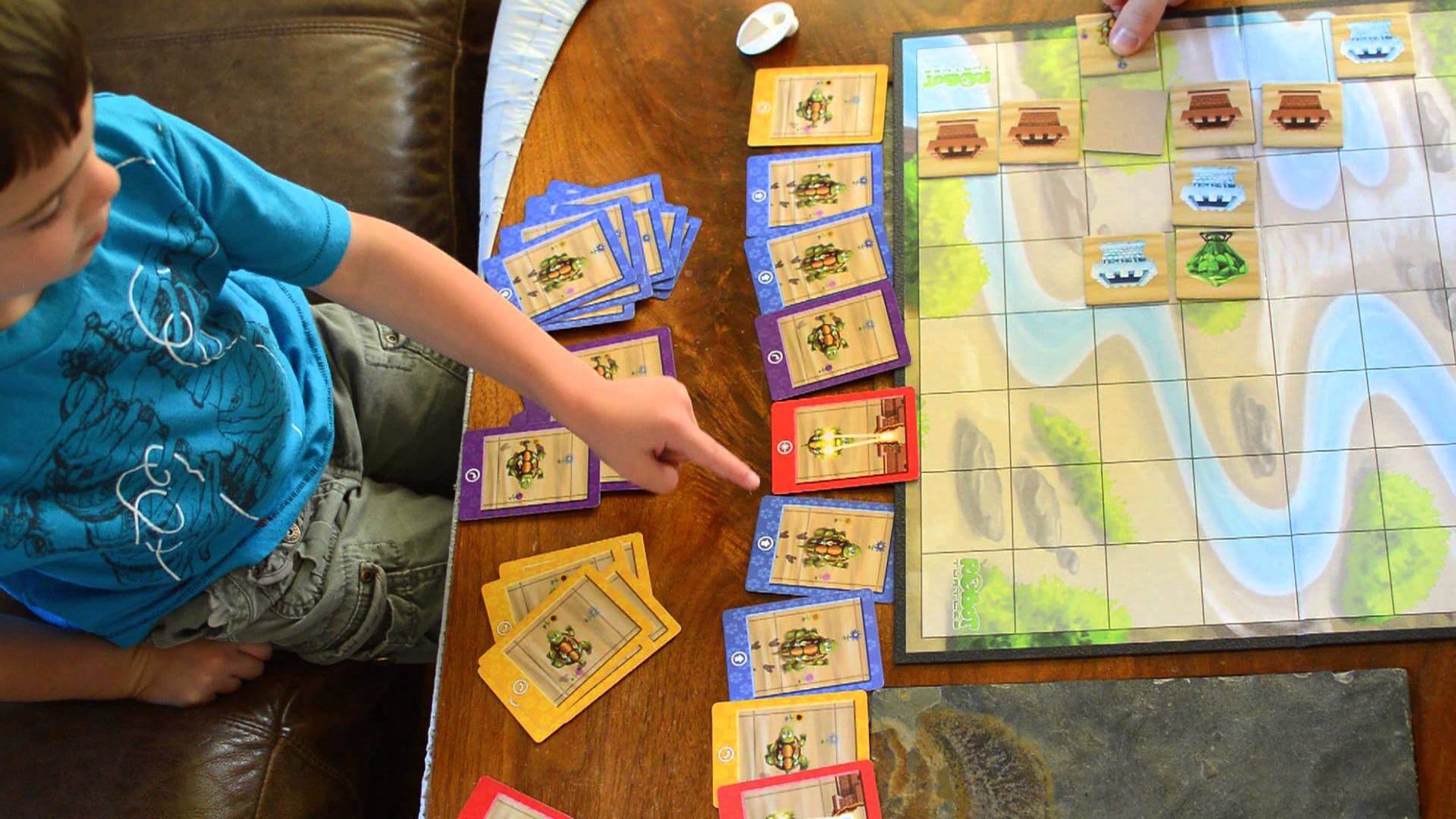
Credit: leader.pubs.asha.org
As parents, navigating the digital world for your children can be a challenge. You want them to succeed in a tech-driven era, but there is always a concern about screen time addiction.
Robot Turtles stands out as offering a screen-free alternative whilst sneakily teaching them programming skills in a playful setting. Originating from Kickstarter and garnering support from more than 13,000 backers, Robot Turtles became the most-backed board game in Kickstarter history and went on to be published by ThinkFun.
It is tailored for children aged 3 to 8 years, appealing to a fairly wide age range.
What is a Robot Turtles Board Game?
Robot Turtles introduces players to a whimsical world where little robot turtles embark on a quest to collect crystals while overcoming various obstacles. The game uses a unique mechanic—players pre-program the robots using a series of instruction cards instead of moving their turtle figures. This is where children are (unwittingly) introduced to the basics of coding in a tangible, engaging way.
The mechanics include simple instructions like “go forward,” “turn right/left,” and “shoot,” fostering a foundation for programming principles.
Robot Turtles Review & Rules
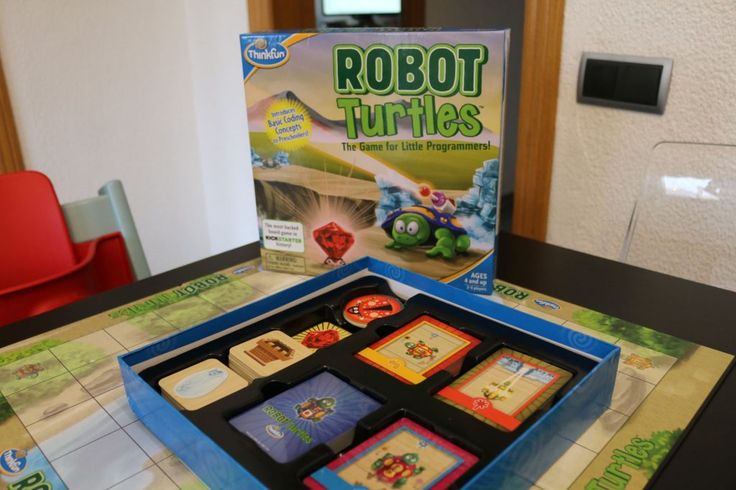
Credit: pinimg.com
The game is played with a neutral moderator, known as the “Turtle Mover,” who executes the pre-programmed commands on the board. Players, or “Turtle Masters,” select a turtle, receive a corresponding deck of cards, and collaboratively design mazes with walls and jewels. The youngest Turtle Master starts the game by placing cards to guide their turtle, and the Turtle Mover interprets these commands, translating them into actions on the tiles of the board. The game continues until all turtles reach their respective jewels.
As the game advances, additional elements such as Laser and Function Frog cards can be revealed, injecting complexity and challenges.
Educational Benefits of Robot Turtles
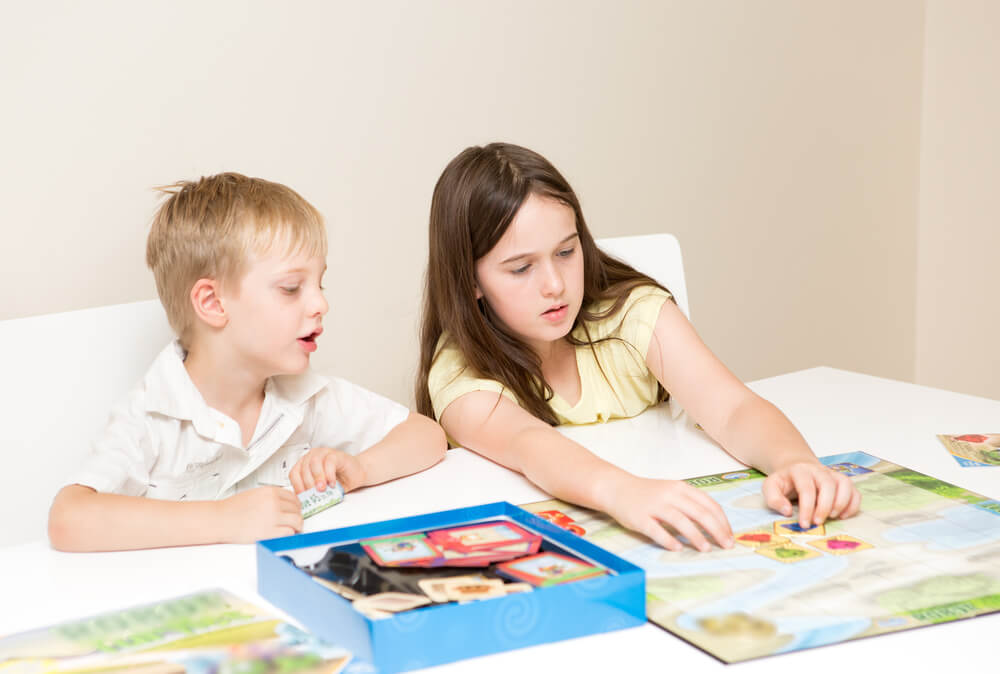
First Glimpse Photography/Shutterstock.com
Beyond its entertaining facade, Robot Turtles holds significant educational value. It is a simplified programming language, drawing inspiration from Logo, the first programming language for many.
The game follows principles that echo real-world coding:
- Experiential Learning: Children start at the command line, issuing instructions that are executed immediately, fostering a hands-on learning experience.
- Debugging: The “Bug” card gives kids the confidence to try new things. If a sequence doesn’t work, kids can easily backtrack and try again, instilling the idea that mistakes are a natural part of the learning process.
- Limited Syntax: Robot Turtles helps children express complex thoughts with simple building blocks, mirroring the essence of computer programming.
- Order of Operations: Understanding the importance of sequence and order becomes apparent as kids progress through the game, aligning with a fundamental programming concept.
- Planning a Program: As children advance to more complex levels, they mentally run their code and debug it, mirroring the problem-solving aspects of real programming.
Parental Involvement and Engagement
Robot Turtles thrive on the active participation of parents as Turtle Movers. This role not only makes the game accessible for non-readers but also makes for a great game for one-to-one time for parents and children to bond over. Parents act as the “computer,” carrying out the instructions issued by their young programmers. The game becomes a shared experience, fostering communication and collaboration as families work together to navigate the challenges presented.
Don’t worry about your child, no matter what they do or where they are. Download the Findmykids app with precise geolocation and sound around features!
Pros and Cons
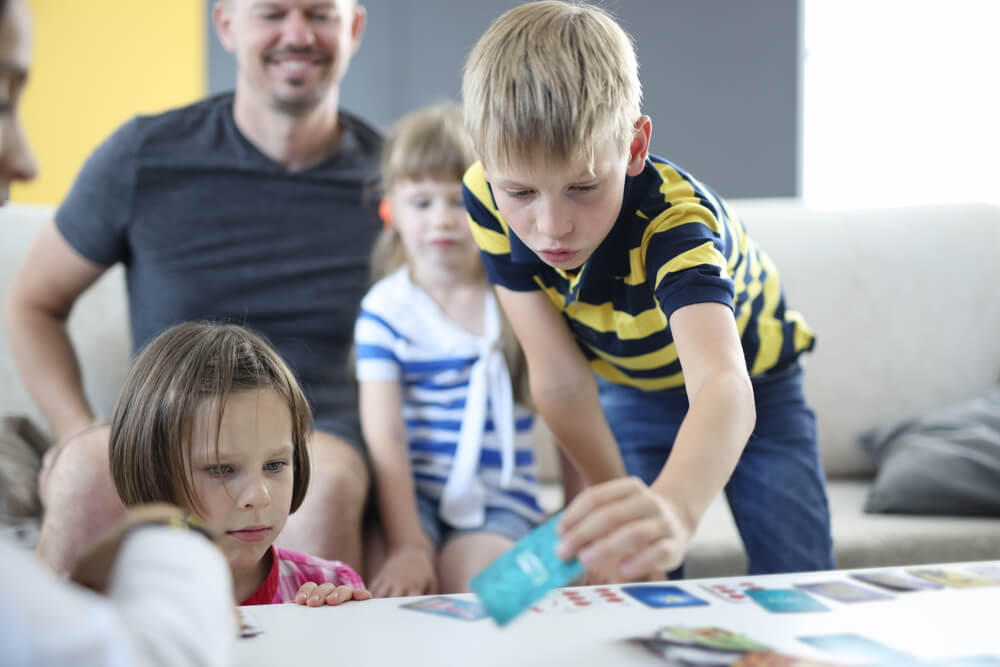
H_Ko/Shutterstock.com
Pros:
- Educational Value: Teaches programming concepts in an engaging manner.
- Versatility: Suitable for a variety of ages, from 3 and above.
- Shared Experience: Encourages parental involvement and interaction.
- Expandability: Unlockable features keep the game challenging as children grow.
Cons:
- Dependency on Adult Moderator: Requires a neutral moderator, limiting independent play.
- Limited Competitive Element: Lacks a competitive aspect, focusing more on collaborative play.
- Age Restrictions: Age 8 is the suggested age limit
Unlocking Young Minds: The Conclusion of Robot Turtles
Robot Turtles is more than your traditional board games, which often largely come down to luck. It not only introduces programming concepts but also nurtures creativity, problem-solving, and collaboration. As a screen-free alternative, it provides parents with a fantastic tool to engage their children.
FAQs
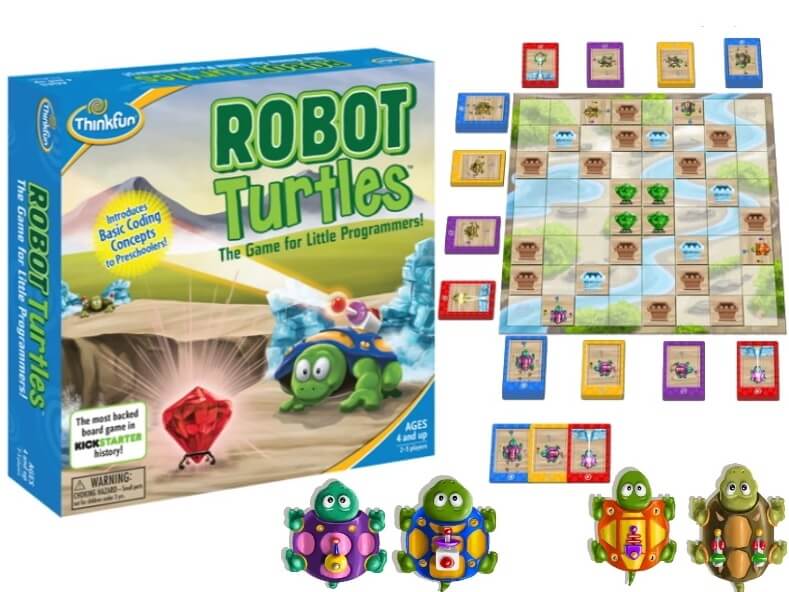
Credit: sensorystuff.co.za
What age is the Robot Turtles board game for?
Robot Turtles is suitable for a wide age range, from preschoolers to aged 8.
How do you play the Robot Turtles board game?
The game involves players, known as “Turtle Masters,” selecting a turtle, receiving a matching deck of cards, and collectively creating mazes with walls and jewels. The youngest Turtle Master initiates the game by placing cards to guide their turtle. The neutral moderator, or “Turtle Mover,” executes these pre-programmed commands on the board. Additional features, like Laser and Function Frog cards, can be unlocked as the game progresses, adding complexity and challenges.
What is the board game about turtles?
Robot Turtles is an innovative board game that combines entertainment with education. Players navigate robot turtles through mazes to collect crystals while overcoming various obstacles. The game helps children learn programming concepts in a tangible way, allowing children to pre-program their turtle’s move using a series of instruction cards.
The picture on the front page: ebay.com
Проверьте электронный ящик



















